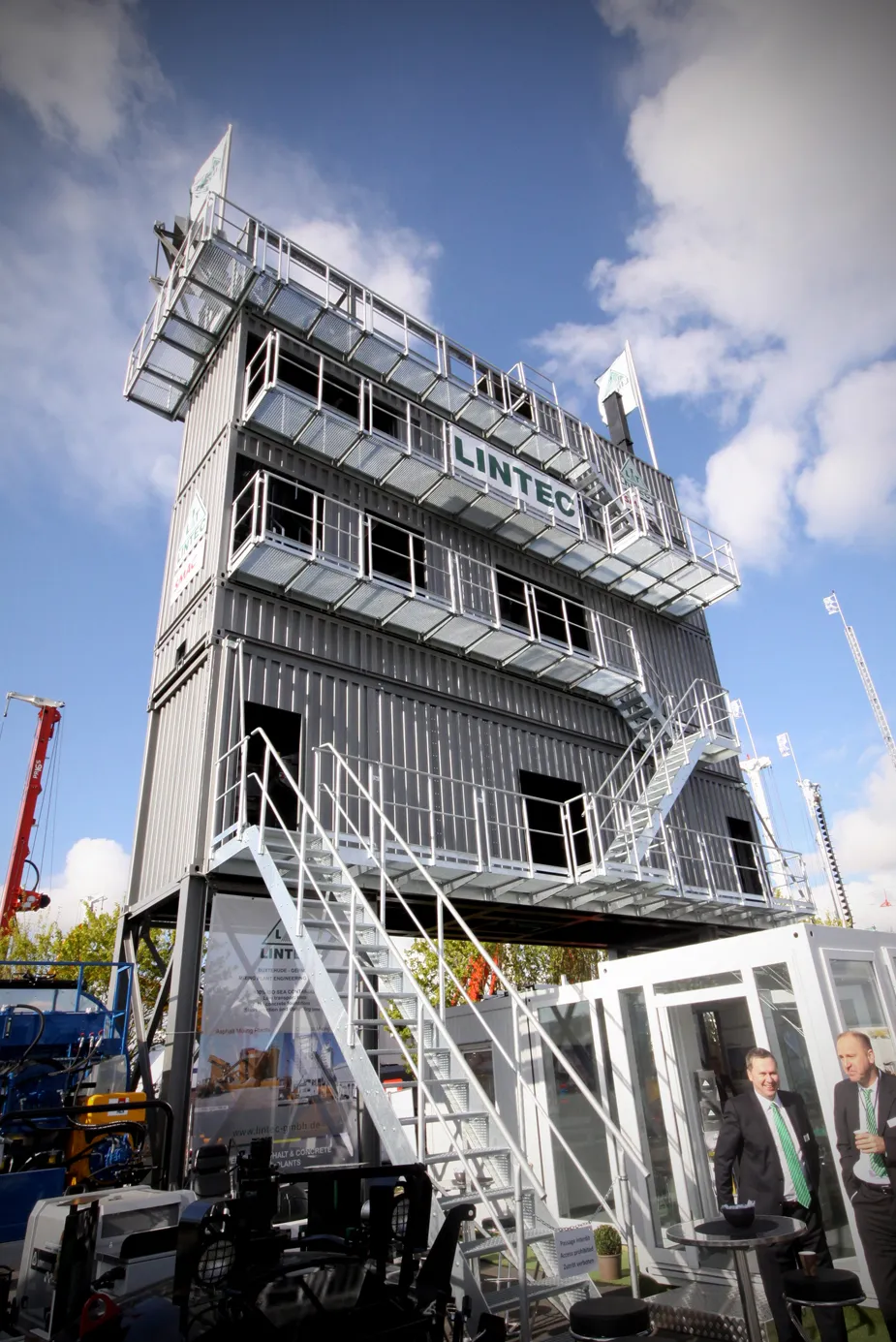
Seven international teams answered the requests for proposals in February and 2018 with Systra, Kiewit and Hatch eventually chosen from a shortlist of three groups.
The consortium will use an integrated project delivery model for the two-lane 1.2km bridge with a pedestrian and cycle path over the Cataraqui River will connect John Counter Boulevard in the west to Gore Road in the east.
According to the consortium and Kingston, the integrated project design is similar to a design-build except that Kingston and the contracted design and construction partners will work within the US$140 million budget, sharing risk and reward.
The project is being jointly funded by the government of Canada, the province of Ontario and the Kingston – each financing a third of the cost.
Site preparation work will start this month and construction is expected to start in December 2019.
A name for the unofficially called Third Crossing will be chosen through public consultation later on. Meanwhile, more information about the Third Crossing Bridge is available on the city of %$Linker:
Kingston’s other major crossing is the La Salle Causeway that carries Highway 2 over the Cataraqui River that separates Kingston's inner and outer harbours. Three bridges are incorporated into the causeway that was opened in 1917. The centre one is a trunnion bascule lift bridge designed by Joseph Strauss, designer of the Golden Gate Bridge in San Francisco. Around 23,000 vehicles cross the causeway daily.
The La Salle Causeway replaced the wooden Penny Bridge System that included three bridges: two at each end of the causeway and in the centre a bascule bridge. Of these, only the original centre lift bridge remains. A concrete bridge replaced the steel bridges at the east in 1962 and in the west end of the causeway in 1993.







